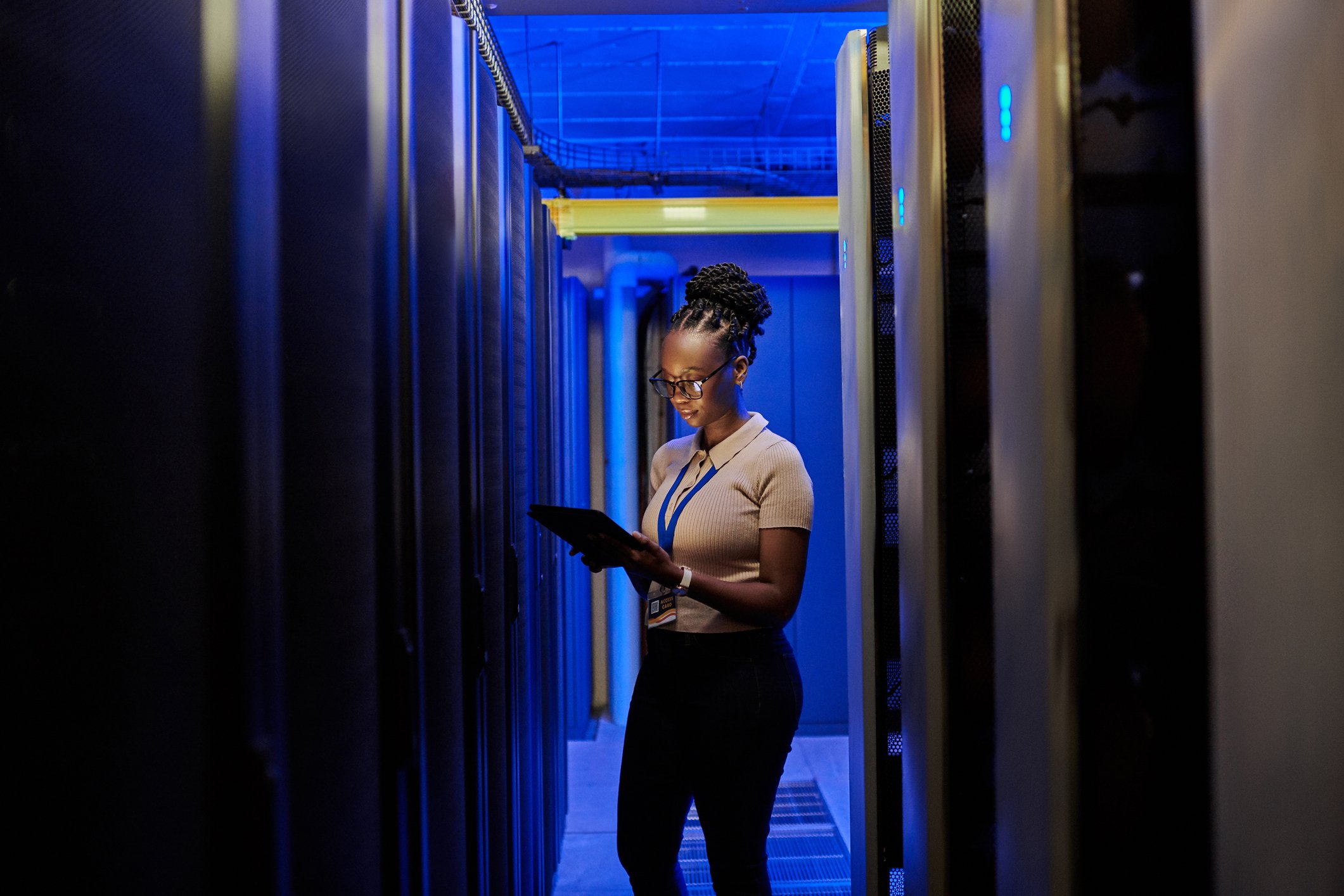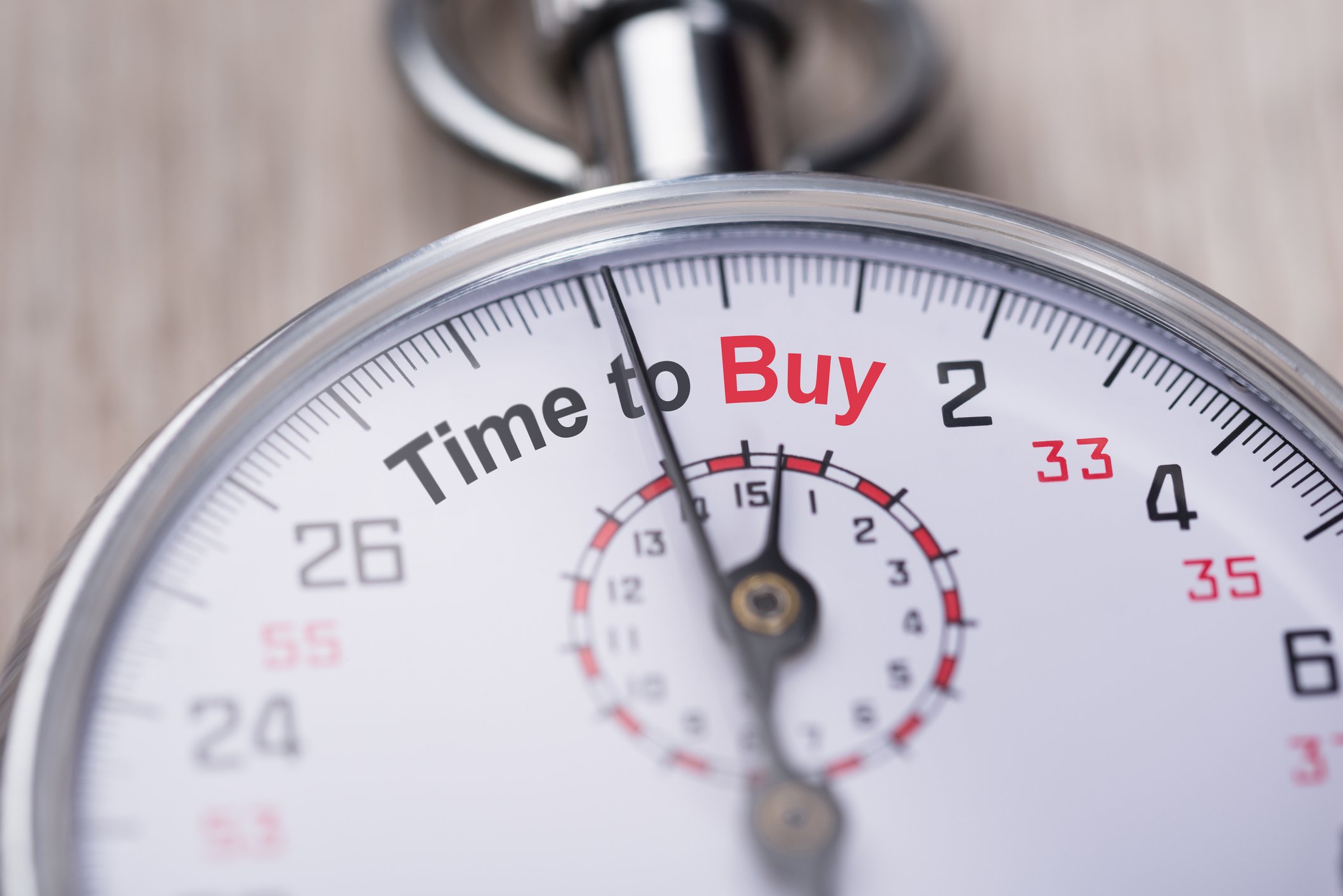Every day, Wall Street analysts upgrade some stocks, downgrade others, and "initiate coverage" on a few more. But do these analysts even know what they're talking about? Today, we're taking one high-profile Wall Street pick and putting it under the microscope...
Ping Identity Holding (PING +0.00%), a recently public company in the cybersecurity sphere, is in danger of becoming a "broken IPO."
Ping debuted to applause in September, offering its stock for investment at $15 a share, and quickly rocketed to close the day at $20.11. It's been all downhill for Ping since, however, with the shares falling as low as $15.80 in trading last week, less than a dollar away from dropping below their IPO price and making Ping a broken IPO.
Of course, that was before Wall Street had a chance to weigh in. With Ping's post-IPO "quiet period" expiring today, this morning, a chorus of analyst voices rang out in support of Ping Identity, unanimously shouting, "Buy!"
Here's what you need to know.

Image source: Getty Images.
Introducing Ping Identity
Working over the cloud, Ping uses artificial intelligence and machine learning to try to identify a computer user using "multi-factor authentication," seeking out "anomalous behavior" and other "threat signals," with the goal of giving its customers "an advanced degree in identity intelligence with a range of capabilities to support passwordless authentication, real-time and risk-aware authorization, and more."
Wall Street likes the concept. Last month, no fewer than 13 name-brand firms lined up to underwrite the IPO. Goldman Sachs was especially enthusiastic, bringing 3.5 million shares to market -- more than Nos. 3 and 4 underwriters RBC and Citigroup underwrote combined. Regardless of how many shares they underwrote last month, however, most of these analysts like Ping Identity -- perhaps even more at today's price than they did at the closing price on IPO day.
Here's a sampling of what they're saying, with a hat tip to our friends at TheFly.com for the quotes.
Rating Ping Identity a buy
- As a leader in identity and access management software, Ping is "uniquely positioned" to serve large corporate customers, says Goldman Sachs. With a $7 billion total addressable market ahead of it (Ping sales over the last 12 months were just $215 million), there's plenty of room to grow, and Goldman thinks it's worth $24 a share -- close to a 44% potential profit from today's prices.
- Barclays likes the fact that Ping is focused on identity security (as opposed to larger tech giants that may see cybersecurity as a side business). At the same time, the analyst says Ping "casts a wide net," with a broad array of security options that might suit different customers' different ways of addressing internet security.
- Merrill Lynch says that customers who have signed up for Ping's services tend not to switch to other providers. Moreover, this analyst sees strong opportunities for Ping to upsell its current customers to new, more profitable products.
- And looking down the road, Oppenheimer adds that the $7 billion market opportunity that Goldman sees today is growing at a compound annual rate of 8%, and could be as huge as $18 billion by 2023. As Ping grabs a larger share of this expanding market, Oppenheimer believes its revenue could grow twice as fast as the market -- 15% annually over the next five years.
In sum, all 12 analysts who initiated coverage of Ping rate it a buy. And with price targets ranging from $20 to $25 a share, they're predicting at least 20% upside for the stock, and potentially as much as a 50% profit a year from now, for investors who buy today.
Valuing Ping
Is that likely? I have to say that, despite all of Wall Street's kind words about Ping, I have my doubts.
Revenue growth at the company has been respectable, but hardly barn-burning -- up 17% year over year between 2017 and 2018, according to S&P Global Market Intelligence data. And Ping's sales growth slowed this year, rising just 13% in in the first half 2019 relative to H1 2018.
On the one hand, the average of those two rates tends to support Oppenheimer's prediction that 15% growth rates are sustainable in the future. On the other hand, though...does a 15% sales growth rate really justify Ping's current valuation?
At six times sales trailing sales, Ping is not yet profitable, and so doesn't have earnings to hang a P/E ratio on. On the plus side, the company is generating positive free cash flow -- $13.5 million over the past 12 months. But is a valuation of nearly 100 times free cash flow really justified by a company that might grow earnings a bit faster than 15% (assuming sales growth is 15%) -- or might not (given that sales growth this year has already slowed)?
I don't know the answer to that one. But the question is sufficiently up in the air that it shouldn't result in a 12-for-12 buy endorsement on Wall Street.




